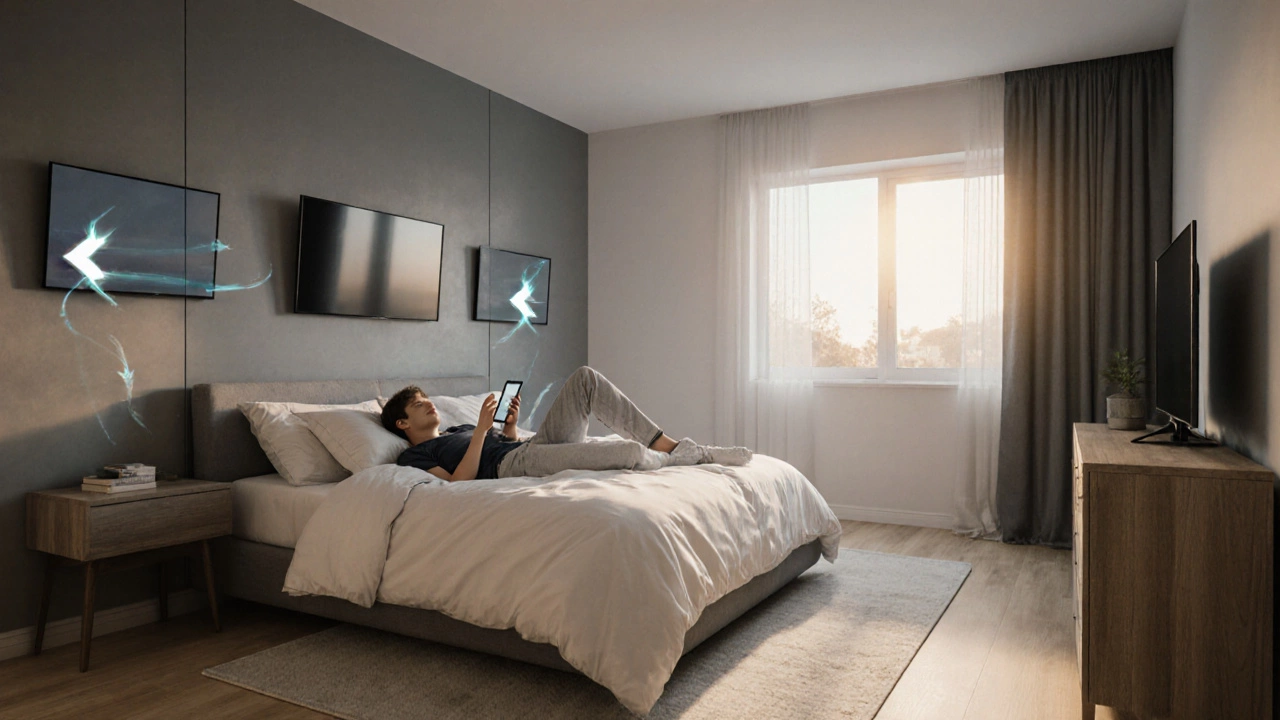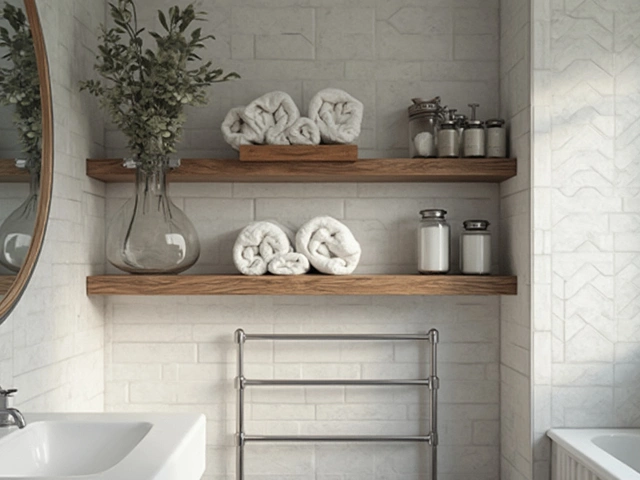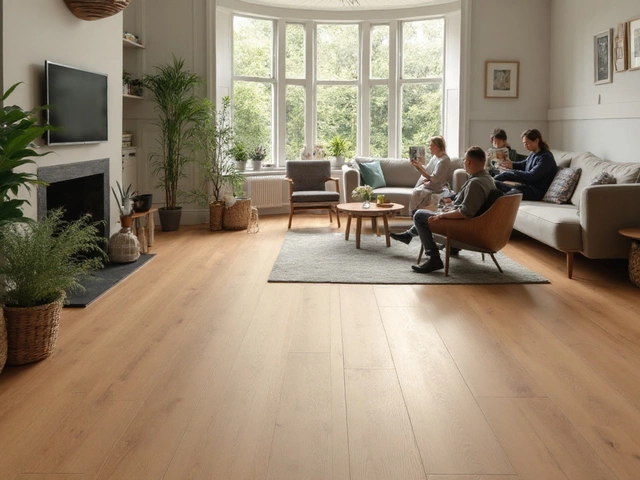TV Viewing Angle: How to Get the Best Picture and Comfort
When setting up your TV viewing angle, the angle between your eyes and the screen that delivers clear image and reduces strain. Also known as optimal viewing position, it helps keep eyes relaxed while the picture stays crisp.
One of the biggest factors linked to a good TV viewing angle is seating distance, the space between the sofa and the screen measured in multiples of the screen’s width. A common rule says the distance should be about 1.5 to 2.5 times the diagonal size of the TV. Too close and you’ll see pixelation; too far and details disappear. Pair the right distance with a proper angle, and you’ll notice how the picture stays sharp even when you shift a little.
The screen size, the diagonal measurement of the display that determines how large the image appears also dictates the ideal viewing angle. Larger screens call for a slightly wider angle, but the core principle remains the same: keep the center of the screen within a 30‑degree horizontal cone from your eyes. This range balances immersion with comfort, letting you enjoy movies without neck cramps.
Don’t forget room lighting, the ambient light sources that affect glare and contrast on the TV. Soft, indirect lighting reduces reflections and lets the TV’s brightness do the work. Position lamps behind or beside the viewing area, and avoid direct light on the screen. Good lighting works hand‑in‑hand with the viewing angle to keep colors accurate and eyes relaxed.
Ergonomics and Practical Tips
Ergonomics ties everything together. Eye level should line up with roughly the middle third of the screen, which means the TV mount or stand might need a tweak. If the screen sits too high, tilt it down a few degrees; too low, raise it. The goal is a natural line of sight that keeps your head upright and shoulders relaxed. Combine proper height with the right angle, distance, and lighting, and you create a viewing zone that feels effortless.
Now that you’ve got the fundamentals – optimal angle, correct distance, right screen size, balanced lighting, and ergonomic placement – you’re ready to fine‑tune each room. Below you’ll find a collection of articles that dive deeper into each of these elements, offering step‑by‑step guides, budget‑friendly hacks, and real‑world examples to help you set up the perfect home theater environment.






